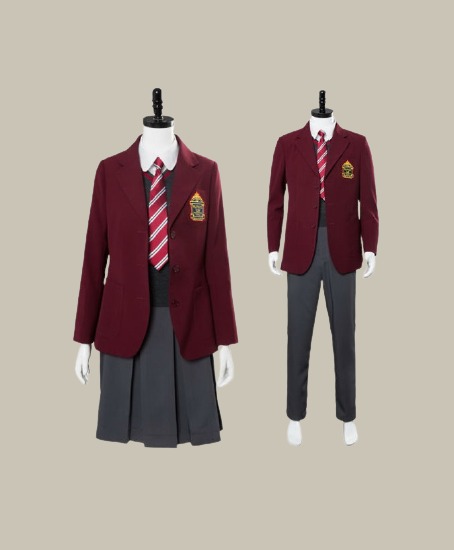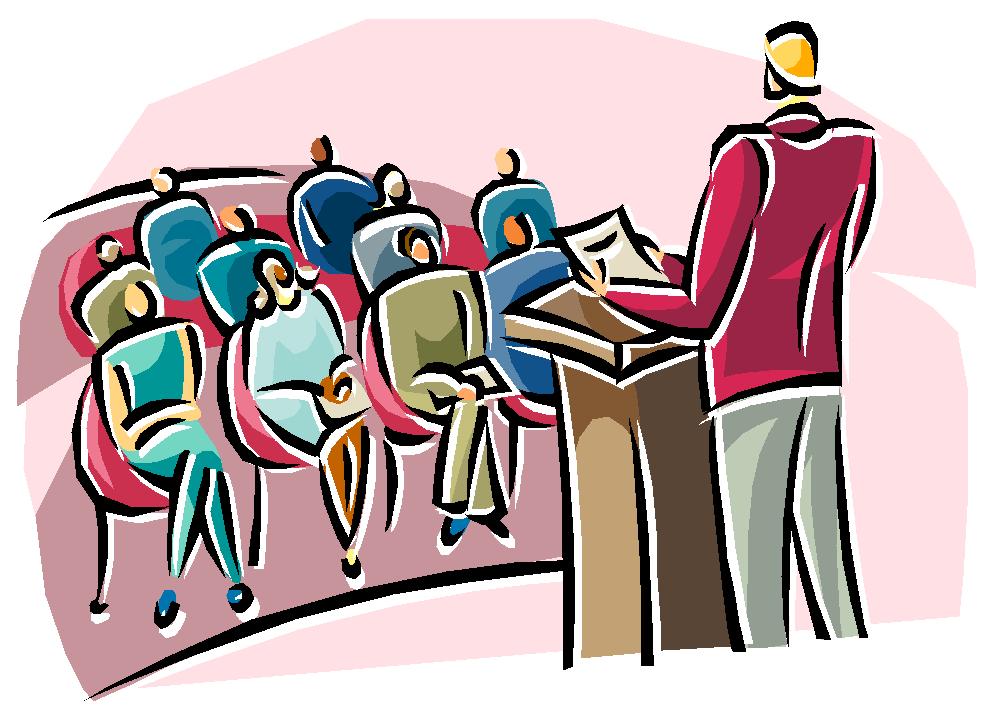Stamp: B.I.T.- 50th meeting (Belgium 1930)
B.I.T.- 50th meeting (Belgium 1930)
01 January (Belgium ) within release B.I.T.- 50th meeting goes into circulation Stamp B.I.T.- 50th meeting face value 60 Belgian centime
| Stamp B.I.T.- 50th meeting in catalogues | |
|---|---|
| Michel: | Mi:BE 288 |
| Stamp Number: | Sn:BE 222 |
| Belgium: | Bel:BE 305 |
Stamp is square format.
Overprint in blueAlso in the issue B.I.T.- 50th meeting:
- Stamp - B.I.T.- 50th meeting face value 60;
- Stamp - B.I.T.- 50th meeting face value 1;
- Stamp - B.I.T.- 50th meeting face value 1.75;
|
Data entry completed
56%
|
|
|---|---|
| Stamp B.I.T.- 50th meeting in digits | |
| Country: | Belgium |
| Date: | 1930-01-01 |
| Perforation: | 11½ |
| Emission: | Commemorative |
| Format: | Stamp |
| Face Value: | 60 Belgian centime |
| Print run: | 225000 |
Stamp B.I.T.- 50th meeting it reflects the thematic directions:
A head of state (or chief of state) is the public persona that officially represents the national unity and legitimacy of a sovereign state. In some countries, the head of state is a ceremonial figurehead with limited or no executive power, while in others, the head of state is also the head of government. In countries with parliamentary governments, the head of state is typically a ceremonial figurehead that does not actually guide day-to-day government activities and may not be empowered to exercise any kind of secular political authority (e.g., Queen Elizabeth II as Head of the Commonwealth). In countries where the head of state is also the head of government, the president serves as both a public figurehead and the actual highest ranking political leader who oversees the executive branch (e.g., the President of the United States).
Special Occasions
A uniform is a variety of costume worn by members of an organization while usually participating in that organization's activity. Modern uniforms are most often worn by armed forces and paramilitary organizations such as police, emergency services, security guards, in some workplaces and schools, and by inmates in prisons. In some countries, some other officials also wear uniforms in their duties; such is the case of the Commissioned Corps of the United States Public Health Service or the French prefects. For some organizations, such as police, it may be illegal for non-members to wear the uniform.
King is the title given to a male monarch in a variety of contexts. The female equivalent is queen regnant (while the title of queen on its own usually refers to the consort of a king). In the context of prehistory, antiquity and contemporary indigenous peoples, the title may refer to tribal kingship. Germanic kingship is cognate with Indo-European traditions of tribal rulership (c.f. Indic rājan, Gothic reiks, and Old Irish rí, etc.) In the context of classical antiquity, king may translate Latin rex or either Greek archon or basileus. In classical European feudalism, the title of king as the ruler of a kingdom is understood as the highest rank in the feudal order, potentially subject, at least nominally, only to an emperor (harking back to the client kings of the Roman Empire). In a modern context, the title may refer to the ruler of one of a number of modern monarchies (either absolute or constitutional). The title of king is used alongside other titles for monarchs, in the West prince, emperor, archduke, duke or grand duke, in the Middle East sultan or emir; etc. Kings, like other royalty, tend to wear purple because purple was an expensive color to wear in the past.
A conference is a meeting, often lasting a few days, which is organized on a particular subject, or to bring together people who have a common interest. Conferences can be used as a form of group decision-making, although discussion, not always decisions, is the primary purpose of conferences. The term derives from the word confer.





